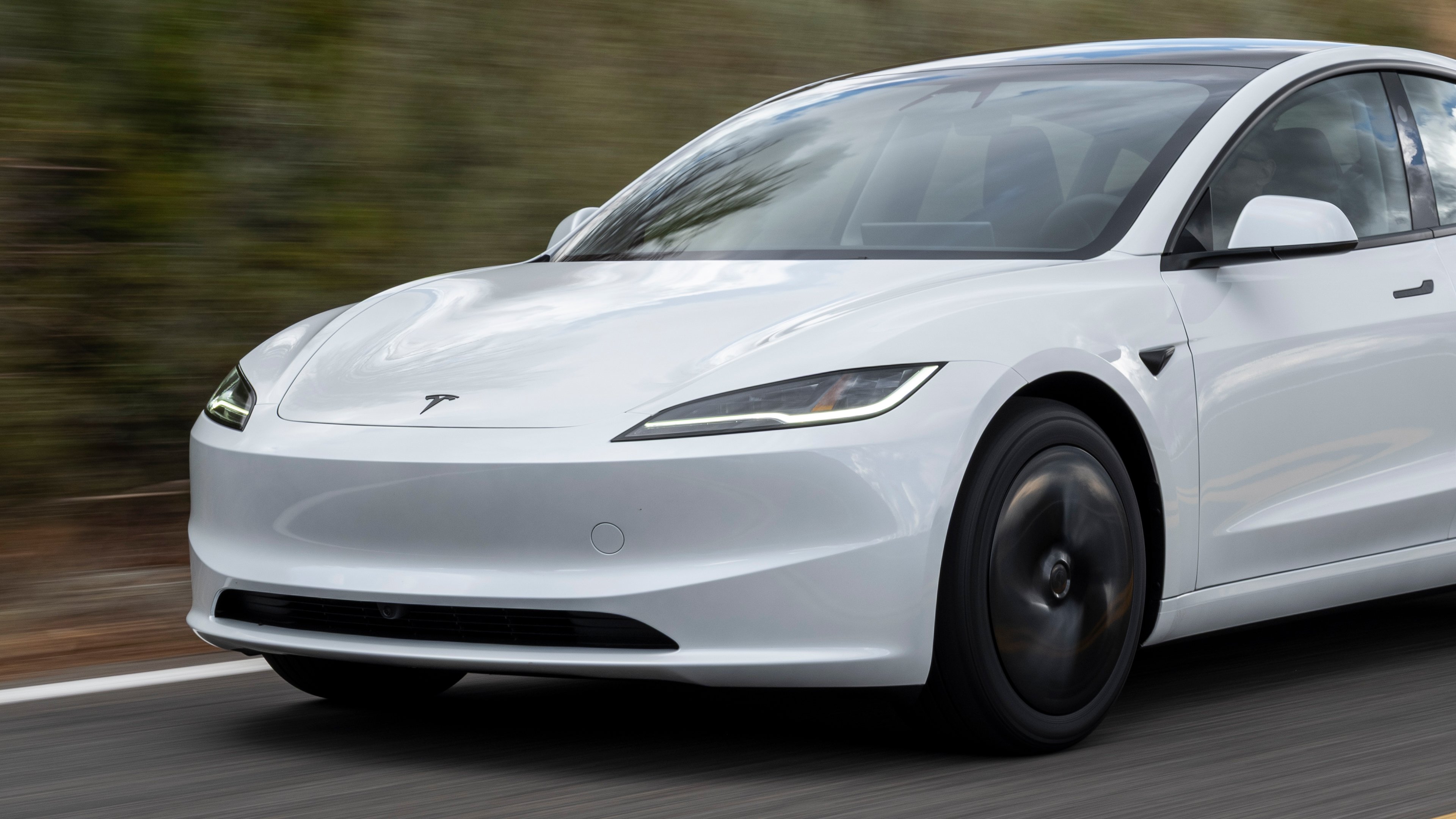Tesla (TSLA +2.57%) has been a tale of two tales this year. The first part of the year brought a steep decline in share price as investors grappled with declining global sales, profits, and consumer backlash from Elon Musk's political antics. The next tale was of Tesla's swift and significant rebound in share price as investors looked to the future possibilities in artificial intelligence, robotics, and robotaxis. Tesla's next small speed bump has arrived, and this one comes in the form of disappointing news in a key market.
What's going on?
Just about every automaker in China is having a rough time. The market much more quickly adopted electric vehicles (EVs) and the government helped subsidize domestic automakers to bolster their technology and innovation. It worked almost too well and the result was a plethora of advanced domestic electric vehicle makers that created a brutal price war. It dealt massive blows to foreign automakers that couldn't compete on product, price, or both. To make matters worse the overall industry has a problem with production overcapacity and now Chinese automakers are rushing to export vehicles overseas, potentially bringing ultra-competitive and highly advanced EVs to the U.S. doorstep which is currently protected by steep tariffs on import vehicles.

NASDAQ: TSLA
Key Data Points
Tesla has fared better than some competitors, but it has still felt the crunch in China. Recent data suggests more of the same: Tesla's sales in China dropped to 26,006 in October, the lowest in three years. Sales plunged 36% compared to the prior year, and the sales number was a far cry from September's figure of 71,525 when Tesla began deliveries of the Model Y L, a longer-wheelbase and six-seat version of the Model Y. Tesla's share of China's EV market checked in at a modest 3.2% in October, down substantially from 8.7% in September and its lowest again in three years.
The silver lining, although it isn't much of one, is that Tesla's exports of China-made vehicles rose to a two-year high of 35,491 last month. Unfortunately, that silver lining only extends so far, and Tesla's struggles are widespread. In October, Tesla sales fell 23% year over year in four markets: North America, Europe, China, and South Korea, according to data tracked by Wells Fargo's Colin Langan.

Image source: Tesla.
The road ahead
With Tesla's sales lagging in key markets around the world, and analysts expecting a slowdown in the North American EV market after the $7,500 federal tax credit expired at the end of September, one might think Tesla's stock would be in the dumps. That's far from the case -- Tesla's valuation remains insanely lofty at a price-to-earnings of roughly 290 and its market capitalization is more than Ford Motor Company and General Motors combined 10 times over.
That's simply because investors and analysts are focused on Tesla's future potential. In fact, shareholders just approved with a 75% rate a compensation package for CEO Elon Musk that's valued at up to $1 trillion. The kicker is that many of Musk's milestones are based on future businesses: He needs to sell cars but also 10 million driver assistance subscriptions, 1 million robots, and commercially operate 1 million robotaxis.
Ultimately, shareholders' vote on Musk's compensation package comes at an ideal time for investors to also revisit their investing thesis on Tesla. Tesla has the ability to innovate its way to a lucrative future based on AI, robotics, and driverless vehicles, but right now it's still mostly an automaker and that business isn't great currently. Investors would be wise to expect a few bumpy quarters from Tesla as it tries to navigate choppy waters that include an aging lineup, mounting lawsuits, consumer backlash and declining sales, struggling profits, a slow ramp in its robotaxi business, among other headwinds.





